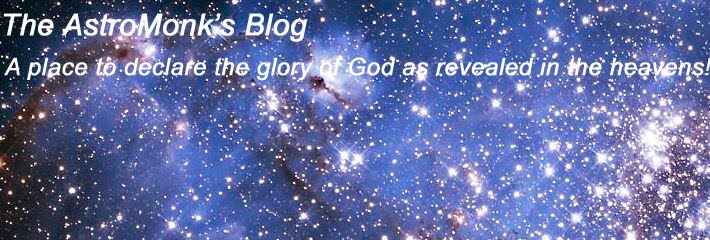Hi All:
Well in spite of the brutal cold tonight -- 20F / 10 or so with wind chill -- I thought I'd try to get a couple of quick snaps with my Canon T1i and the new lens I just got for it. The Moon and Jupiter being so close together compelled me to do it! The lens is a
Canon L series 100-400mm f/4.5-5.6 IS/USM. The thing is a beast!
Here's a quickie shot of it extended to 400mm. It weighs 3.1 pounds and is quite a handful. I guess stuffing 17 glass lens elements into a single metal barrel makes for some beefiness. Fortunately I found one used as I would never have paid list for one - even used it was a stretch. However from what I've seen so far of it in my own experience and the glowing comments others have made on it, there is a reason they're pricey. This is nothing like the EF 75-300mm f/4-5.6 kit lens that we got prior to this one. I tried some lunar and assorted evening sky shots and the internal reflections and false color were terrible. Granted, the little guy isn't bad in the daytime for casual snaps, but the 100-400 L series stomps on it for astro use. If you really want to see how good a lens is, take some shots of the moon. Look for signs of internal reflections, false color at the edges of bright objects, lack of sharpness, etc. This lens excels in those areas.
OK, enough jaw flapping - here's a couple shots with minimal processing that were taken on a tripod in 15-20MPH winds. First the moon:
Not bad for a quick snap on a tripod in the blowing wind! Here's one of the moon and Jupiter:
OK - granted, not visually stimulating to most, but the absolute lack of false color is impressive. Finally, here's a shot of Jupiter. Now remember, this was extended to its max - 400mm - and in the full frame, it is still just a dot. I had to crop it to about 10% or less of the full frame:
Again, not too terribly visually exciting, but for a tripod mounted snap, it again shows the sharpness and lack of false color. I'm hoping for some friendlier weather in the days ahead so I can piggy back the camera and lens on my observatory mounted scope and do some longer exposures of deep space objects. A planetary lens this is not -- just not enough magnification. But for the Moon and deep space objects, this should be killer! At three pounds, it is still light enough that it could be mounted on small tracking mounts like an inexpensive / homemade barn door tracker. Well enough for now -- but some future deep space shots with this lens should be coming :-)
Oh, one last shot - couldn't resist. This is our little girl, Penelope (yes, we're empty nesters ;-) She's a 'teacup' Yorkie and weighs in at three and a half pounds, full grown. She's also a diva - and she knows it! I had to giver her a quick bath and some grooming after I came in from the shoot:
Come on now - you must admit - she's a cutie! Ciao!
Peace and blessings, Donn















